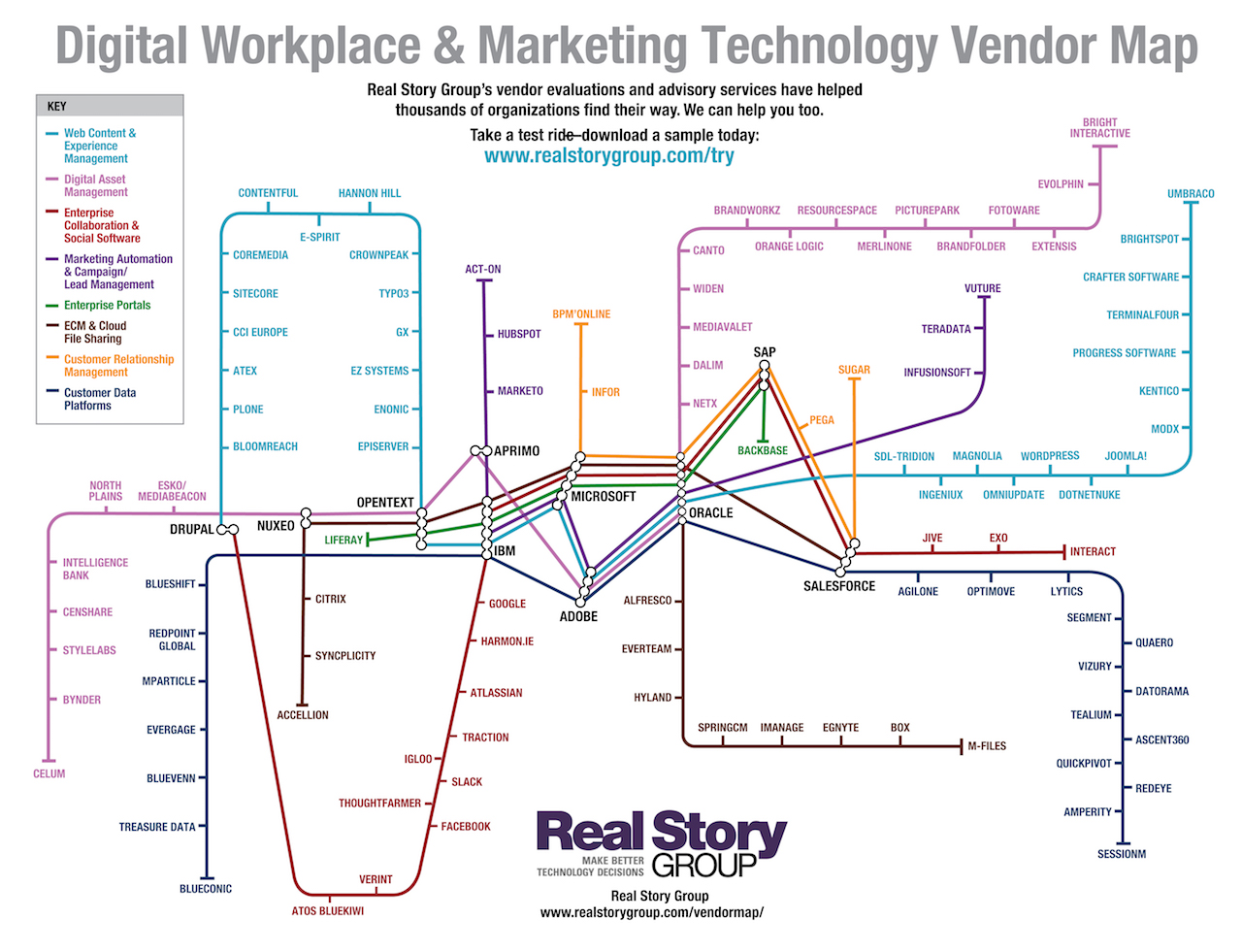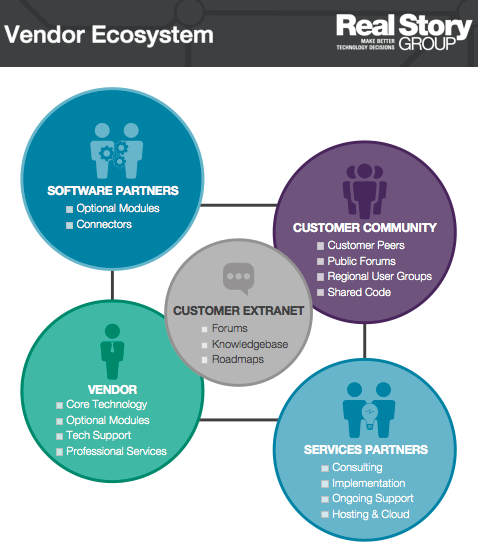Gamification is no child's play
"Gamification" is the buzzword du jour. Many enterprises looking to socialize their digital workplace and consumer-facing applications are investigating whether gamification makes sense for them. A closer look at the topic suggests that both optimism and skepticism are in order.
For better or worse, the lineage of software gamification dates to the video game industry. Video games are a serious business with global sales of $56 billion -- double the size of the music industry. Closely related to social networking, gamification refers (roughly) to applying the techniques of video games to make software more engaging, work more interesting, and the world a funner place. Doing so will increase user participation -- so the theory goes -- and turn customers more loyal and make employees less disgruntled.
Some examples of gamification techniques include honor badges, achievement levels / laddering, loyalty points, leader boards, and challenges. These tap the intrinsic and extrinsic human motivations/behaviors to encourage contributions, while rewarding -- or at least recognizing -- participation.
If this reminds you enough of employee-of-the-month schemes, happy hours, airline loyalty programs, and the like to consider gamification old wine in new bottles, you’re right, at least to an extent. Companies have always been trying to influence customers and modify their behavior, and gamification itself heavily borrows from the field of psychology. What’s novel is consciously trying to embed these principles into work-routines, business processes, and software design.
As you’d expect, there are both external and internal use cases for gamification, targeted at your end-customers and your employees respectively.
Currently, most vendor solutions are focused on external use cases that try to increase brand loyalty. Examples include start-ups (almost all the gamification vendors are start-ups, pointing to the recency of the field) like Badgeville, BigDoor, Gigya, and Bunchball .
For internal use cases, (e.g., if you want to gamify your digital workplace), there are not many out-of-the-box solutions available. Bunchball has released apps that integrate with Jive and Salesforce software. Attini has a badges application for Sharepoint. Rypple, which had apps for gamifying internal HR applications, was acquired by Salesforce. None of the larger enterprisey vendors (IBM, Oracle, Microsoft, SAP, et. al.) nor WCM vendors (Adobe, OpenText, etc.,) nor major social software suite vendors (Telligent, Jive, Socialtext, etc.) natively provide packaged gamification features.
However, if you want to experiment, you could start by adding game-like dynamics such as leader boards to your Intranet, with a bit of custom development. Just make sure you haven't skipped some essential social networking and project support services first. Your colleague Claire doesn't need game dynamics to help her find out what her predecessors have done on the Penske account she just inherited. She wants her intranet to either connect her with the right information so she can track down the right people, or connect her with right people so they can point her to the right information. Ideally both.
Indeed, while cheerleaders (vendors and consultants) drum up the hype, gamification is not without its pitfalls. Without a clear “what’s-in-it-for-me” proposition, people will eventually see through institutional ploys. Also, gamification adherents frequently underestimate the difference between workplace and consumer environments. In the workplace, for example, recognition typically trumps rewards, and the quality of participation will almost always trump quantity (something many vendors haven't grasped).
Your chances of success will be higher if you follow a well-reasoned approach that respects your users, be they customers or employees. Gamification can easily deliver instant gratification, but creating lasting satisfaction is no child’s play.







